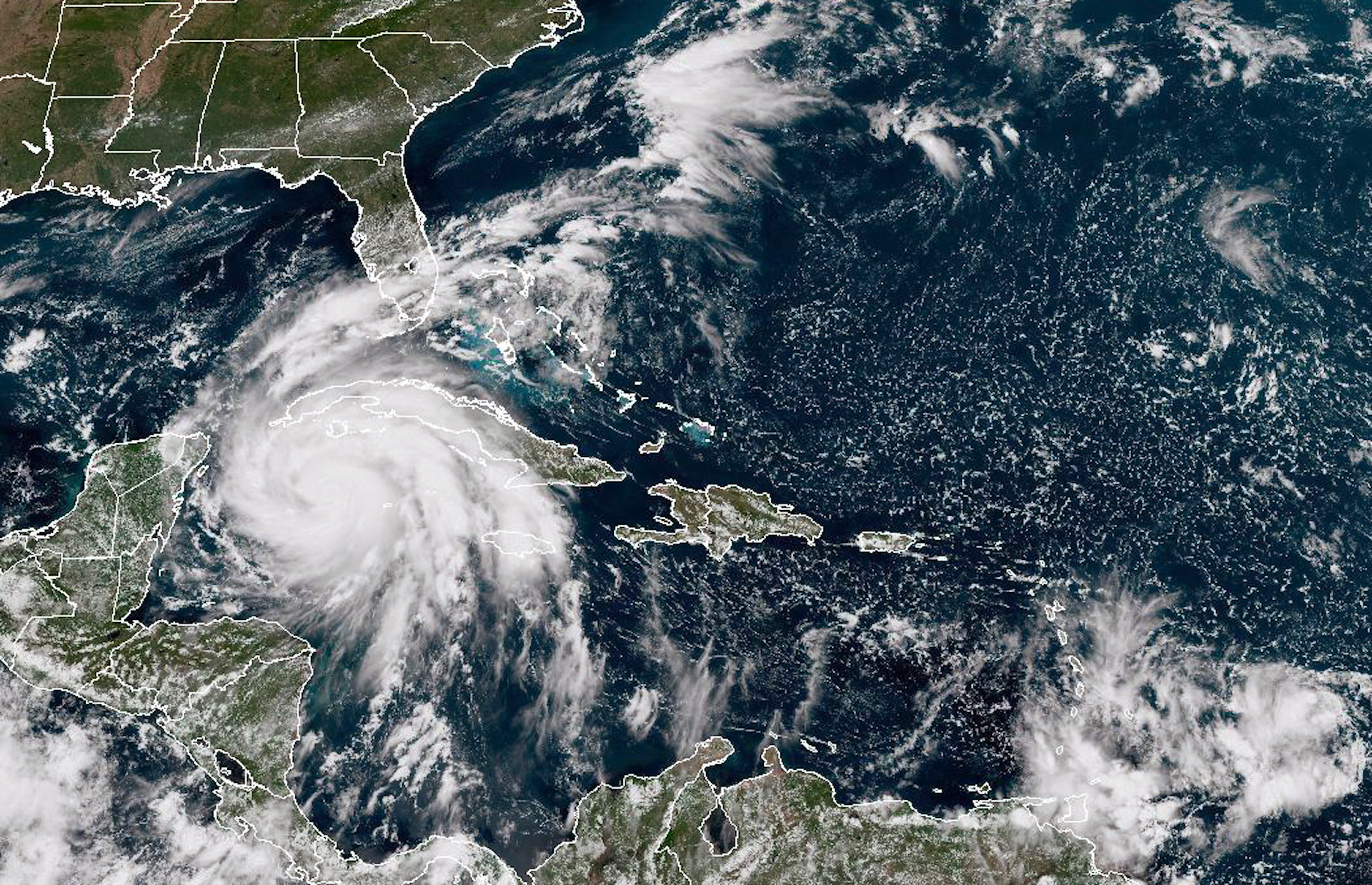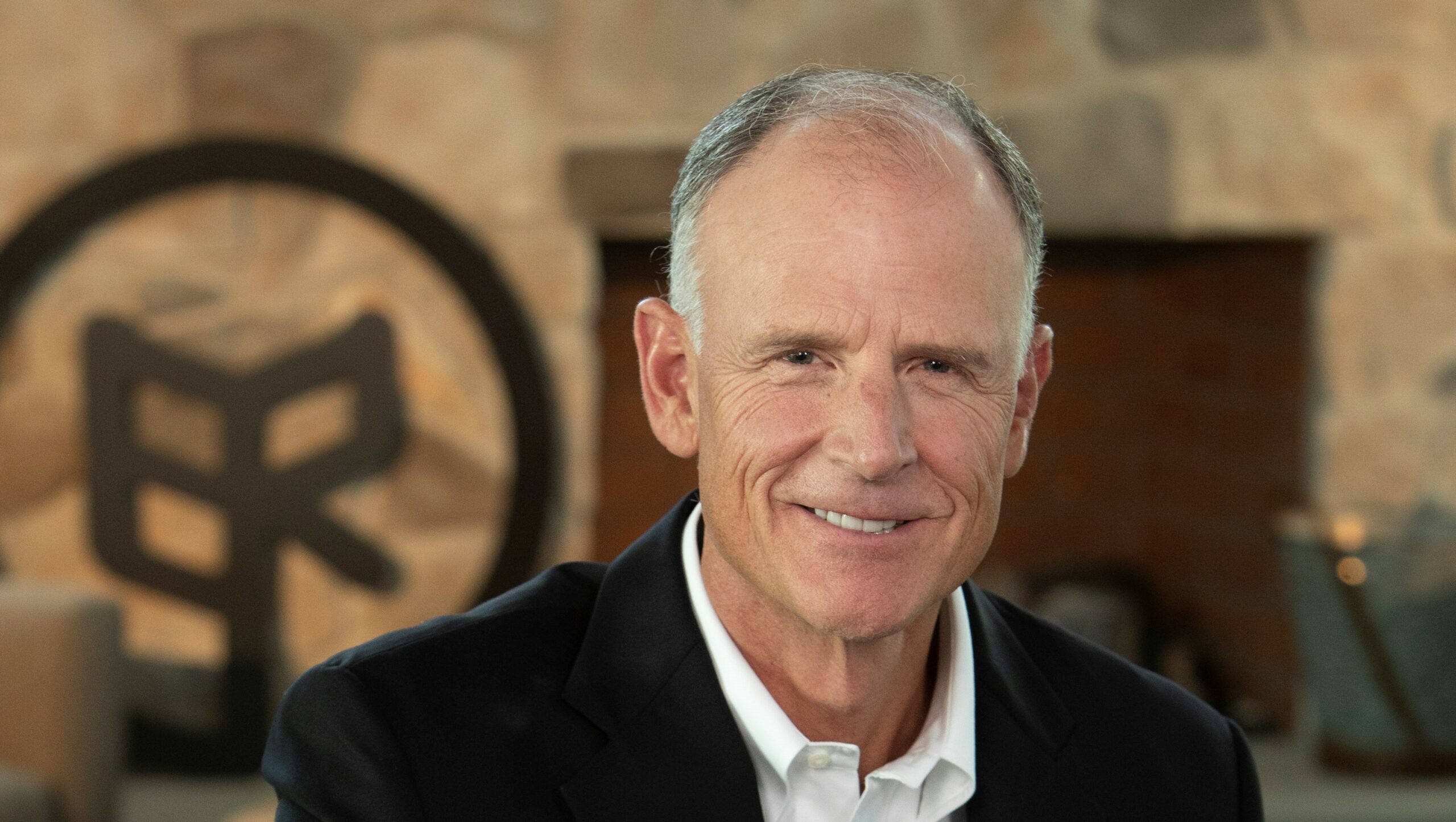https://www.lifegate.it/comunita-energetica-babcock-ranch-uragano-ian
- |
About twenty kilometers from the coast, in the Fort Myers area of Florida, there is a small community of about a thousand homes of different sizes.Babcock Ranch, so the name of the residential complex, suffered no damage once theHurricane Ian it touched the coast, a week ago now.While over 2.5 million citizens remained without electricity and approximately one million without drinking water, the inhabitants of Babcock Ranch were never disconnected from the electricity grid, the internet continued to work, as did access to water.All this thanks to the intuition of a former football player, who, having retired from the fields, decided about 16 years ago to create a hurricane-proof town, powered almost exclusively by photovoltaic energy, and resilient to climate change.The intuition came to Syd Kitson in 2006, who purchased the almost 38 thousand hectares of the area a few kilometers from the Gulf of Mexico, precisely to create a residential project of what today we would define as a energy community.So already in 2020 the "town" ended up in the international media as the first American city entirely powered by renewable sources.

Babcock Ranch, photovoltaics and adaptation to climate change
But how does Babcock Ranch work in practice?First Kitson sold approximately 30 thousand hectares to the State of Florida to create a nature reserve, after which he made another 178 hectares available to Florida Power & Light for the construction of a photovoltaic park made up of more than 700 thousand panels, capable of producing more energy than how much the complex needed.In the first years of development of the complex, the costs for storage were still too high, consequently the electricity exchange worked a bit like "on-site exchange" here in Italy, in such a way as to compensate for the energy produced in a certain time of the day, with that taken from the network (when there is no sun or when the cloud cover is quite heavy) at a different time from what is produced.Today however, as reported CleanTechnica, the energy company has already installed the first storage units, creating real microgrids.

But the entire area is not only energetically self-sufficient, but was designed to resist extreme events, or in any case reduce their effects.In fact, it stands at an altitude of approximately seven meters above sea level, higher than the cities on the coast, while the entire surface water management system has been designed to exploit natural systems, such as canals and smaller networks, to contain the flows ;the high naturalness of the surrounding areas also allows for drainage and reduction of the flow of water in the event of flooding.Even trees and shrubs were chosen in such a way as to withstand storms and fires, so much so that local witnesses say that only "a few trees here and there" fell.Then there is the entire design of the houses which must meet high standards to withstand winds of almost 250 km/h, so much so that very little damage was recorded after the hurricane passed.“The power and internet never went out, no flooding and minimal damage,” Kitson said when asked by The Atlantic.In fact, even the electricity and internet lines are buried underground to avoid damage caused by the wind.
Redesign territories to resist extreme events
We saw it with theflood that hit the Marche region, or the one that devastated Germany and Belgium in 2021:Heavily anthropized territories, without capillary and modulated intervention plans based on extreme events, are destined to suffer not only enormous economic losses, but also of human lives.Rethinking urban areas is part of the adaptation needed to reduce the effects of extreme weather events, which we know can be more intense and frequent, often sudden.It is no longer enough to work in emergencies, and we need to understand how urban and rural areas are intrinsically connected to each other.An example of this is the long-term plan developed by the city of Copenhagen, called Cloudburst, which involves the creation of around 300 areas that can act as recreational spaces when it doesn't rain and as water collectors in the event of extreme events.These are green areas that will be designed and built within the capital to collect rainwater, preventing these from causing flooding.Furthermore, the creation of public spaces that can be used by citizens during the summer, such as playgrounds or skateparks, are planned, but which are transformed into water basins whenever floods threaten the city.
